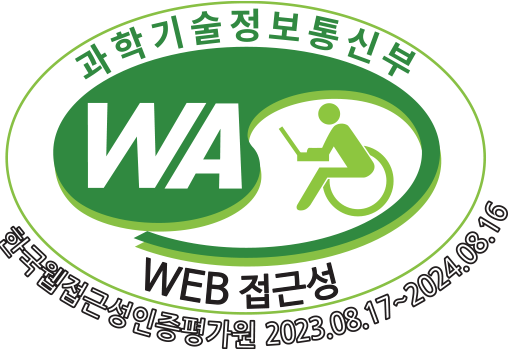Seoul after Liberation & in War
The Korean Peninsula was liberated from Japanese colonial rule on August 15, 1945, but the north and south were divided along the 38th parallel, with the US Army Military Government installed in South Korea. There was significant disorder in society due to the sharp conflict between leftists and rightists, and separate governments were finally established in North and South Korea in 1948. North Korea then launched the Korean War with the sudden invasion of the south on June 25, 1950, and Seoul was captured by the North Korean army within three days. The people of Seoul had to suffer through the pain and terror of violence during the war period.
















